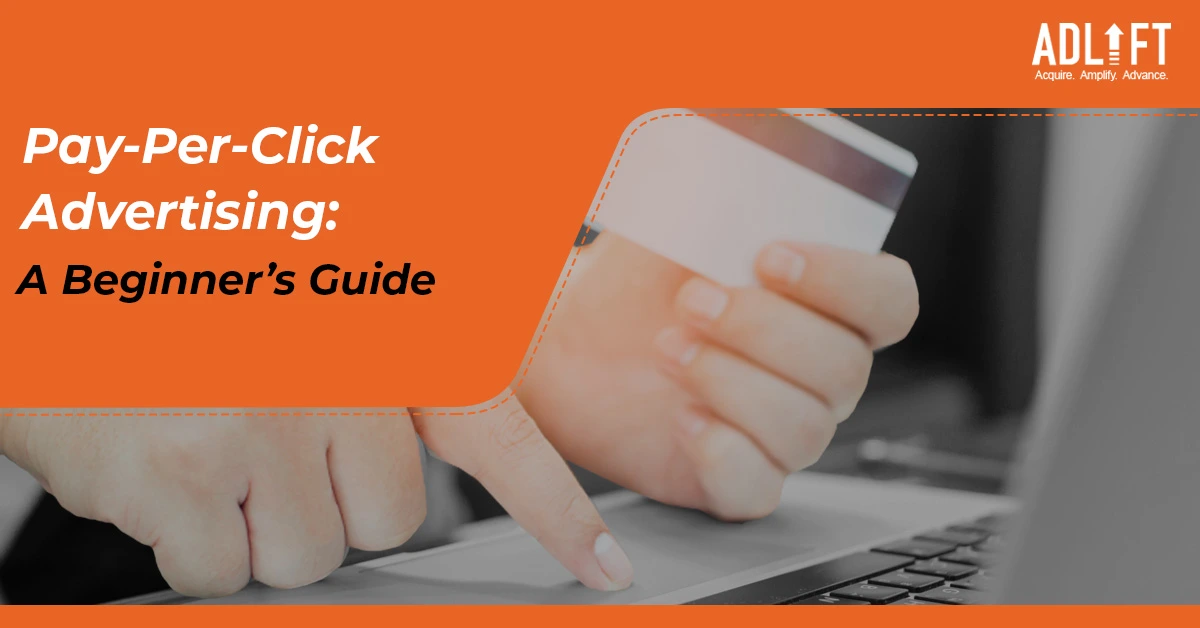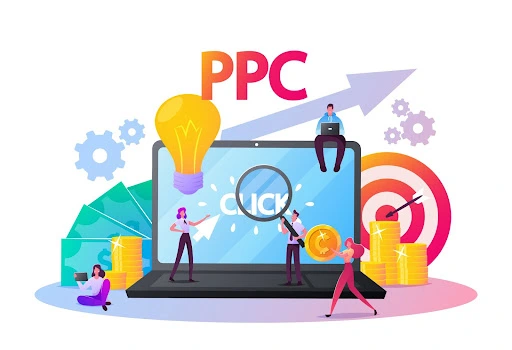Pay-Per-Click Advertising: A Beginners Guide to Getting Started

Are you looking for ways to drive more traffic to your website and increase your business’s revenue? Pay-per-click advertising (PPC) might be the solution you need. In this beginner’s guide, we will explain what PPC advertising is, how it works, and provide you with the essential steps to start your PPC campaign.

What is Pay-Per-Click Advertising?
Pay-per-click advertising is an online advertising model that allows businesses to place ads on search engine results pages (SERP), social media platforms, and other websites. Advertisers pay each time a user clicks on their ad. The cost of a click depends on various factors, such as the competition for the specific keyword, the quality of the ad, and the relevance of the landing page.
How Does Pay-Per-Click Advertising Work?
PPC advertising is based on an auction system. Advertisers bid on keywords relevant to their products or services. When a user searches for those keywords, the search engine displays the ads of the highest bidders. However, the ranking of the ads is not solely based on the bid amount. Search engines also take into account the ad quality score, which includes the relevance of the ad to the search query and the quality of the landing page.
Essential Steps to Start Your PPC Campaign
Set Your Goals and Budget
The first step in starting your PPC campaign is to define your goals and budget. Determine what you want to achieve through your ads, whether it is to increase website traffic, generate leads, or boost sales. Once you have set your goals, decide on your budget for the campaign. Start with a smaller budget and gradually increase it as you see results.
Choose Your Keywords
Choosing the right keywords is crucial to the success of your PPC campaign. Conduct thorough keyword research to identify keywords relevant to your business and target audience. Use tools like Google Keyword Planner and SEMrush to find the best keywords with high search volume and low competition.
Create Compelling Ad Copy
Your ad copy should be compelling, relevant, and engaging. It should entice users to click on your ad and visit your website. Use the targeted keywords in your ad copy to improve its relevance to the search query. Make sure to highlight the unique value proposition of your products or services in your ad copy.
Design Your Landing Page
The landing page is where the user is directed after clicking on your ad. It is essential to design a landing page that is relevant to the ad copy and provides a seamless user experience. Make sure the landing page has a clear call-to-action and is optimized for conversion.
Monitor and Optimize Your Campaign
Monitoring and optimizing your campaign is crucial to improving its performance. Track the key metrics like click-through rate, conversion rate, and cost-per-click to evaluate the success of your campaign. Use the data to identify areas of improvement and make necessary changes to your ad copy, keywords, and landing pages.
Conclusion
Pay-per-click advertising can be an effective way to drive traffic to your website and achieve your business goals. However, it requires careful planning, implementation, and monitoring to ensure success. Follow the essential steps outlined in this beginner’s guide to start your PPC campaign and achieve the results you desire.
In conclusion, pay-per-click advertising can help you drive more traffic to your website and increase your business’s revenue. By following the essential steps outlined in this beginner’s guide, you can create a successful PPC campaign that delivers results. Remember to set your goals and budget, choose your keywords carefully, create compelling ad copy, design your landing page, and monitor and optimize your campaign regularly. With these steps, you can outrank other websites in the competitive world of PPC advertising.
Frequently Asked Questions
Recent Posts
- Google Search Revolutionized for Educational Videos November 16, 2023
- Bidding Adieu to Google’s Page Experience Report November 9, 2023
- Google November 2023 Core Update November 3, 2023
- Unmasking Google’s October 2023 Spam Update October 5, 2023
- Unleash SEO Power: Must-Have Chrome Extensions for Website Success September 20, 2023
- SEO-Friendly URL Optimization: Mastering Structure for Better Ranking September 20, 2023
- Real Estate Marketing Ideas: Crafting a Results-Driven Marketing Strategy September 20, 2023
- The Anatomy of a Broken Link: Causes, Effects, and Solutions September 15, 2023
- Crafting an Informative FAQ Section: A Step-by-Step Guide September 14, 2023
- Local Business Schema Markup: Elevate Your Brand With The Magic September 14, 2023
Get
in Touch
Contact AdLift for a 360-degree marketing plan
